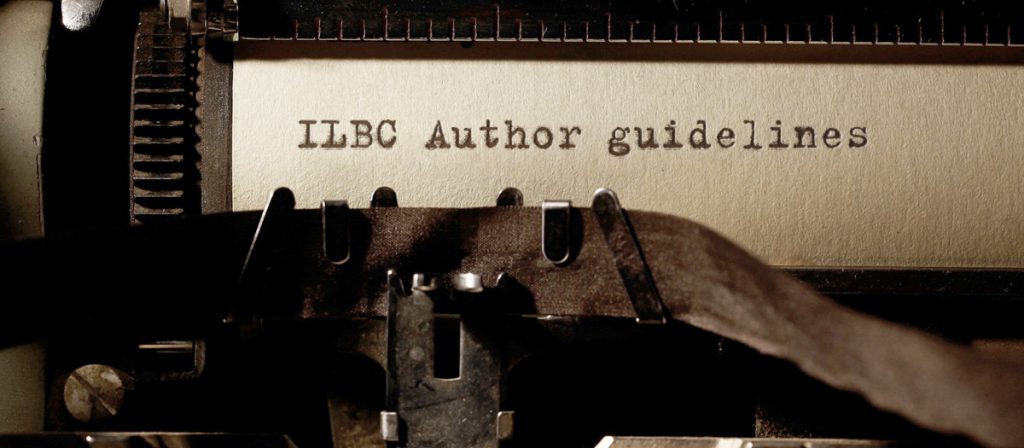
Template
The editorial board of the ILBC database provides a template to be used for a submission proposal to the database. The most recent template can be downloaded here:
Database syntax
Entries into the database contain the following data:
- Title;
- Subtitle;
- Author name (first name and surname);
- Judicial body;
- Date of the judgement;
- Name(s) of the complainant;
- Name(s) of the defendant;
- Case identification number;
- The ECLI code;
- References to legal doctrine;
- Tags/keywords;
- Judgement file (text or scan).
Title
The title of every entry into the database consists in principle of the complainant and the defendant, delimited by the letter “v” (versus).
Example:
NML Capital Ltd v Republic of Argentina
Syntax for the complainant & defendant
If the complainant is known (or does not need to be anonymised) the official name is used. For Belgian entities the official name as listed in the “Crossroads Bank of Entities” is used (see CBE Public Search). For private persons only the surname is used. Names are not capitalised, unless it is a brand name. If applicable, the type of entity is added behind the name.
When a state is involved in the case, authors are encouraged to use the official names of the United Nations membership (see Official Names of the United Nations Membership).
Example:
Belexis NV v Kingdom of Belgium
When a database entry needs to be anonymised or is based on an anonymised version of the judgement, the initials of the complainant(s) can be used. No spaces are used between the initials separated by a single dot. If anonymisation results to the initials being unknown, the single letter “X” can be used without usage of a dot.
Example:
B. v Turbojet NV X v Principality of Andorra
As from more than two complainants it is allowed to only mention the first two complainants and to add the abbreviation “et al.”.
Example:
D.C., V.B. et al. v Kingdom of Belgium, X et al.
For cases initiated by the public prosecutor’s office you can use “Prosecutor” or (when applicable) “Federal Prosecutor”.
Federal Prosecutor v X
For the defendant the same rules apply mutatis mutandis as for the complainant.
Subtitle
The subtitle of every entry into the database consists of the case reference, containing the judicial body, the title of the case, the case number, and the date the case was rendered. These different elements are separated by a comma. The same guidelines apply as for the syntax set out above.
Example:
Belgian Supreme Court, NML Capital Ltd v Republic of Argentina, Nr. C.13.0537.F, 11 December 2014
Judicial body
The judicial bodies in the database are listed in English. Authors are encouraged to adhere to the following translations:
| English | Dutch | French |
|---|---|---|
| Supreme Court | Hof van Cassatie | Cour de cassation |
| Constitutional Court | Grondwettelijk Hof | Cour constitutionelle |
| Council of State | Raad van State | Conseil d’état |
| Court of Appeal | Hof van Beroep | Cour d’appel |
| Labour Court of Appeal | Arbeidshof | Cour du travail |
| Tribunal of First Instance | Rechtbank van Eerste Aanleg | Tribunal de première instance |
| Labour Court | Arbeidsrechtbank | Tribunal du travail |
In some cases it can be useful to add the specialisation of the chamber that dealt with the case. This is added between brackets.
| English | Dutch | French |
|---|---|---|
| Council Chamber | Raadkamer | Chambre du conseil |
| Indictment Chamber | Kamer van Inbeschuldigingstelling | Chambre d’accusation |
| Summary proceedings | In kortgeding | En référé |
Example:
Court of Appeal (Indictment Chamber), X v Prosecutor, Nr. 2017/A/1009, 21 March 2017
Case reference
Regarding the case reference priority should be given to the so-called docket-reference number. If this reference number is unknown, the repertorium number can be used.
When several cases were merged, only the first reference number will be mentioned.
Date
The day and the year are formatted as digits, the month is written in full.
ECLI-code
To the extent possible, the ECLI-code (European Case Law Identifier) is displayed. An ECLI always consists of five parts, separated by a colon:
- ‘ECLI’ as a self-identifier;
- The country code;
- The court code;
- The year the judgement was rendered (written in four digits);
- A unique code to make an ECLI unique.
Example:
ECLI:BE:CASS:2014:ARR.20141211.4
Author name
Entries in the database will display your name as author.
References to legal doctrine
Authors are encouraged to provide a list of references to legal doctrine linked to the submitted case in the database.
Tags/Keywords
In order for the database search engine to function properly, authors should allocate tags and keywords to the case they consider useful or important. Different tags and keywords are separated by a comma.
Judgement file
The aim of the database is to make (full) judgements publicly available. In order to allow the editors an efficient processing of a submission proposal, the file containing the judgement (text or scan) should be included (preferably in ‘pdf-format’) in the e-mail, together with the properly completed template (in ‘docx-format’).
Submitting a proposal
A submission proposal for the database should be processed through the e-mailaddress submit@ilbc.be. The editorial board reserves the right to perform a quality check or make editorial changes in coordination with the author.

